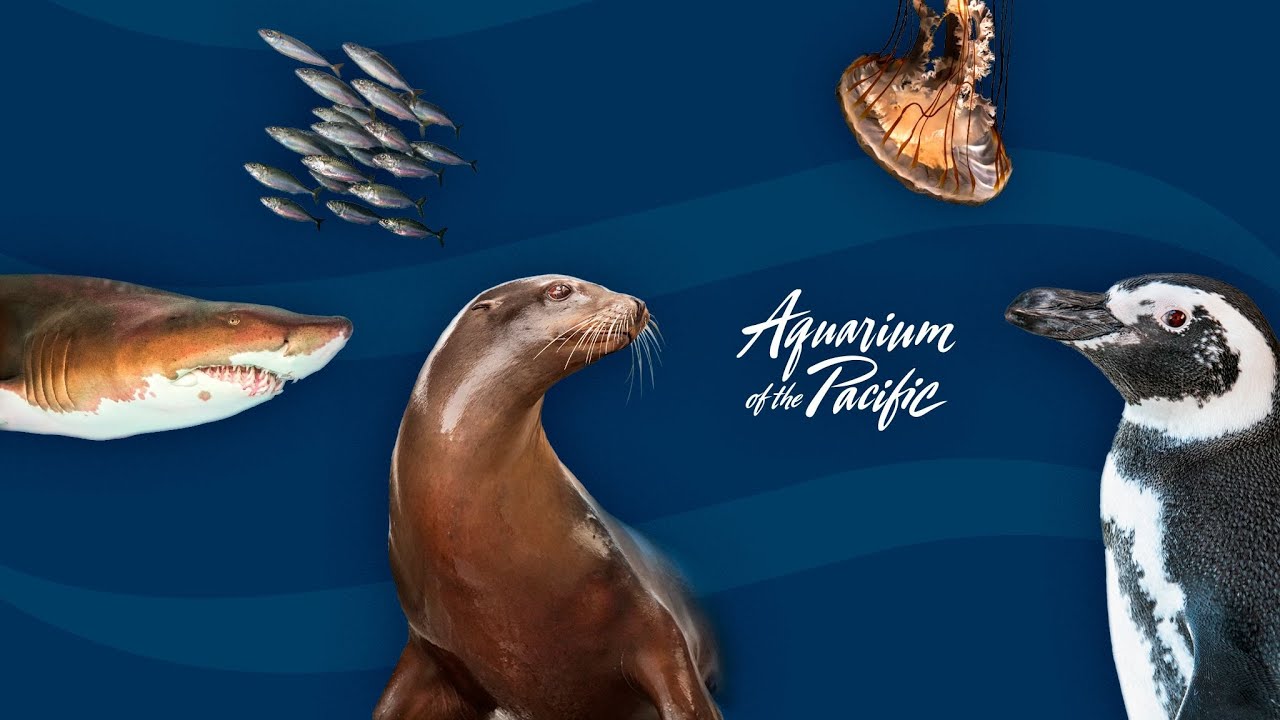– Coral reefs are vibrant underwater ecosystems supporting a quarter of all marine species.
– They act as natural barriers protecting coastal communities from storms and erosion.
– Reefs face numerous threats, including climate change, pollution, and overfishing, which necessitate immediate conservation measures.
– Exploring the symbiotic relationships within coral reefs reveals their complexity and the balance required for survival.
– Understanding the importance of coral reefs extends beyond their beauty and biodiversity, as they are also vital for human economies and cultural heritage.
If you’ve ever indulged in a snorkeling adventure or gazed at the bustling life in an aquarium, you know that the world under the ocean’s surface is mesmerizing. Few underwater landscapes can rival the vibrant cities that are coral reefs. Often referred to as the rainforests of the sea, these bustling ecosystems hold both aesthetic enchantment and ecological significance. Immerse yourself in the kaleidoscope of life that characterizes these astonishing underwater cities, and discover why their continued existence is critical for marine organisms and humanity.
**A Splash into Coral Cities**
Picture this: an intricate metropolis of colorful structures, bustling with residents of all shapes and sizes. This isn’t an animated feature or an imaginary kingdom. This coral reef is an enormous living structure formed by tiny marine animals known as coral polyps. These reefs blossom over thousands of years, creating the largest living structures on Earth, visible even from space.
Coral reefs may occupy less than 1% of the ocean floor, yet they are a sanctuary for approximately a quarter of all marine species. From the elusive octopus stretching out its camouflaged tentacles to the swift flash of a parrotfish’s vibrant scales, these reefs are a hotbed for biodiversity. Each creature has a role, whether it’s the microscopic algae that supply corals with food through photosynthesis or the larger predators that help maintain life balance below the waves.
**An Unseen Symbiosis**
The true magic of coral reefs lies in their symbiotic relationships. Corals and algae have a pact worthy of a fairy tale: the algae reside within the coral, providing it with nutrients via photosynthesis, while the coral offers a protective home and the compounds necessary for the algae to photosynthesize. This harmonious exchange is delicate—any disruption can lead to coral stress and bleaching, where corals expel the algae, losing their color and vital energy source.
Within these cities, cleaners await in stations, ready to service anyone in need. Shrimp and cleaner fish pluck parasites and dead skin off larger marine inhabitants, providing a spa-like service in exchange for a hearty meal—a mutualism representing the reef’s interconnected nature.
**A Fortress Against the Fury**
As sturdy as they are beautiful, coral reefs are natural breakwaters that reduce the power of waves during storms and cyclones, guarding millions of people living along coastlines. Like benevolent guardians, these structures prevent soil erosion, mitigate potential damage to infrastructure, and shield precious freshwater resources from saltwater intrusion.
But these guardians are vulnerable. Threats loom large—from ocean acidification and warming waters due to climate change to destructive fishing practices and pollution. Runoff-carrying pollutants and sediments cloud the water, depriving corals of sunlight. Each stressor chips away at the reef’s vitality, threatening its existence and our protection.
**Unsung Heroes of the Economy**
Beyond their environmental roles, coral reefs are unsung economic heroes. These reefs contribute billions of dollars to economies worldwide through tourism, fisheries, and medicine. Tourists flock to marvel at their splendor, supporting local businesses and sustaining jobs. Fishermen rely on these reefs’ complex habitats, which nurture an abundance of fish species.
Even in the medical field, coral reefs are treasure troves. Compounds found in reef organisms have led to breakthroughs in treating diseases, with coral skeleton properties inspiring bone graft technologies. The pharmaceutical potential is vast, some of which we may lose if we don’t act to protect these ecosystems.
**Embracing Conservation Efforts**
Protecting coral reefs is an adventure to which everyone can contribute. Simple choices can have ripples of impact, from reducing your carbon footprint to supporting the fight against climate change to choosing sustainable seafood. Supporting organizations dedicated to reef conservation or volunteering for local beach clean-ups also contribute to the reef’s lifeline.
Conservation efforts also intertwine with cultural heritage—many indigenous communities practice time-honored traditions that involve reefs and are integral in reef protection strategies. Learning from them and integrating traditional conservation methods with modern science can forge a powerful path toward healing our coral cities.
**A Call to Action**
As we surface from the depths and take our heads out of the water, the urgency crystalizes. These underwater cities depend on our choices, actions, and voices. Spread awareness of the importance of coral reefs, demand change from policymakers and industries, and dive into the collective effort to protect one of the planet’s most spectacular wonders.
Coral reefs are more than an undersea spectacle; they are living, pulsing cities vital to our world’s rhythm. By safeguarding these precious habitats, we preserve an array of lifeforms, protect coastlines and cultural practices, and back the economies that depend on them. The brilliance of coral reefs is a testament to nature’s artistry, a reminder of our deep connection to the oceans, and a call to action to ensure these mind-blowing ecosystems endure for generations.
*****
Source Description
Coral Reefs are amazing underwater cities packed with an incredible array of animals. Join us to explore this unique habitat and why protecting coral reefs is important.


